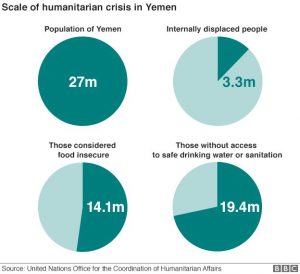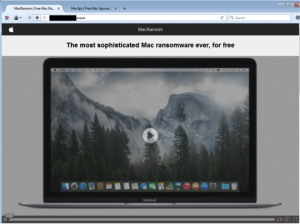By NOELIA GRAHAM
The world is dependent on antibiotics, however the efficiency of antibiotics in modern medicine is quickly decaying.
As bacteria mutates and changes, antibiotic treatment will no longer be efficient in treating illnesses. This means going back to a reality where people died from common illness like sinus infections or a scrape to the knee.
Dr. Margaret Chan, director general of the World Health Organization, spoke in a conference in April about one of the greatest global crises.
“The world is heading towards a post-antibiotic era in which common infections will once again kill. If current trends continue, sophisticated interventions, like organ transplantation, joint replacements, cancer chemotherapy and care of pre-term infants, will become more difficult or even too dangerous to undertake. This may even bring the end of modern medicine as we know it.”
The problem lies with mutation of the bacteria. In some cases, when people use antibiotics to treat an infection, bacteria will mutate and become antibiotic resistant. They then will pass on their DNA to other bacteria in a process called “conjugation.”
According to statistics from the U.S. Centers for Disease Control and Prevention (CDC) estimates that in U.S. there are approximately 23,000 people who die every year from antibiotic-resistant infections.
With the number expected to rise health organizations around the world are looking into ways to prevent this from spreading.
One of the ways for prevention is to limit the use of antibiotics and not prescribe it as often. Another way is to track it. The CDC now have a system called the National Antimicrobial Monitoring System (NARMS).
“Surveillance for antibiotic resistant bacteria is a big part of our mission,” said Dr. Jean Patel, deputy director of the office of Antimicrobial Resistance at the CDC. “We do this to measure the burden of infection and also characterize the types of resistance we see. This helps us strategize how best to prevent resistance.”
Diseases and bacteria don’t know any borders. They aren’t concerned with politics. Prevention and treatment for antibiotic resistance is a global issue and every nations problem.


